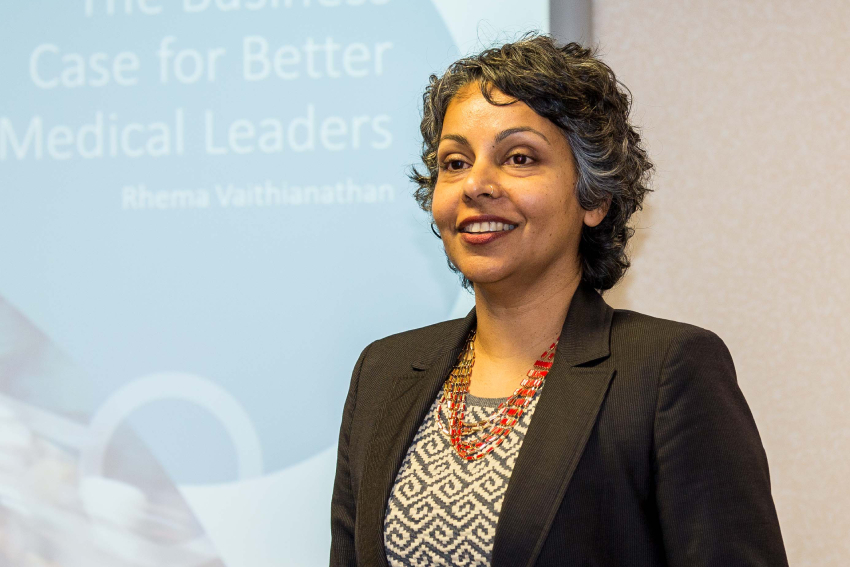Screening tool in Netflix documentary

A new Netflix documentary series features a predictive risk modelling tool that was built and implemented by a team led by AUT's Professor Rhema Vaithianathan, Director of the Centre for Social Data Analytics.
The series raises big questions about whether the US child protection system is fit for purpose and tells the story of the Allegheny Family Screening Tool.
The Trials of Gabriel Fernandez (released 26 February 2020) examines the abuse and death of 8-year-old Gabriel Fernandez at the hands of his parents in Los Angeles.
While Gabriel’s parents were convicted of first-degree murder, the case also led to unprecedented criminal charges against four Los Angeles County social workers who had worked with the family.
Episode five of the series explores the potential of predictive risk modelling tools in child protection.
These tools use administrative data about a child and family to automatically calculate the risk of future system involvement for the child who is the subject of a maltreatment allegation.
The resulting screening score helps call screening staff to decide whether the allegation should be investigated.
The Allegheny Family Screening Tool (developed and implemented by a team led by Professor Vaithianathan for Allegheny County, PA, United States) is widely regarded as a world first in the careful and effective build and implementation of risk modelling tools for child protection.
Professor Rhema is interviewed in the Netflix series, along with collaborator Dr Emily Putnam-Hornstein (Director, Children’s Data Network, University of Southern California), Marc Cherna (Director, Allegheny County Department of Human Services) and Erin Dalton (Deputy Director, Office of Analytics, Research and Evaluation, Allegheny County DHS).
Mr Chena says the problem Allegheny County was looking to solve was that they were fielding significant volumes of calls to their child protection hotline so they wanted to figure out whether they could use data to better understand which calls they should screen in and investigate, and which calls they could safely screen out and not investigate.
Professor Vaithianathan says the tool uses a statistical technique called data mining to look at historical patterns in the data and use those historical patterns when there's a new case to try to make a prediction about what might happen to a child or family.
Dr Putnam-Hornstein says all of the data she has worked with and seen suggests the algorithms are unambiguously better than human judgement alone, and superior to other tools currently being used.